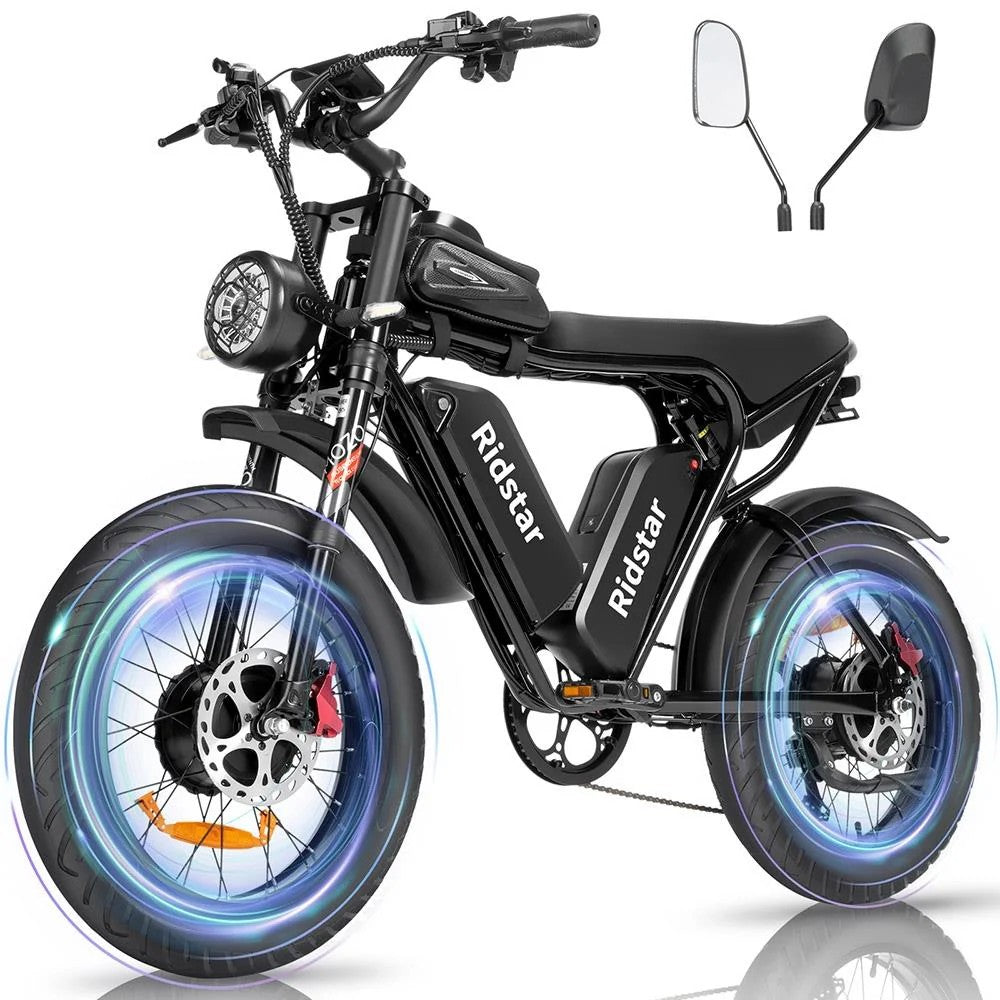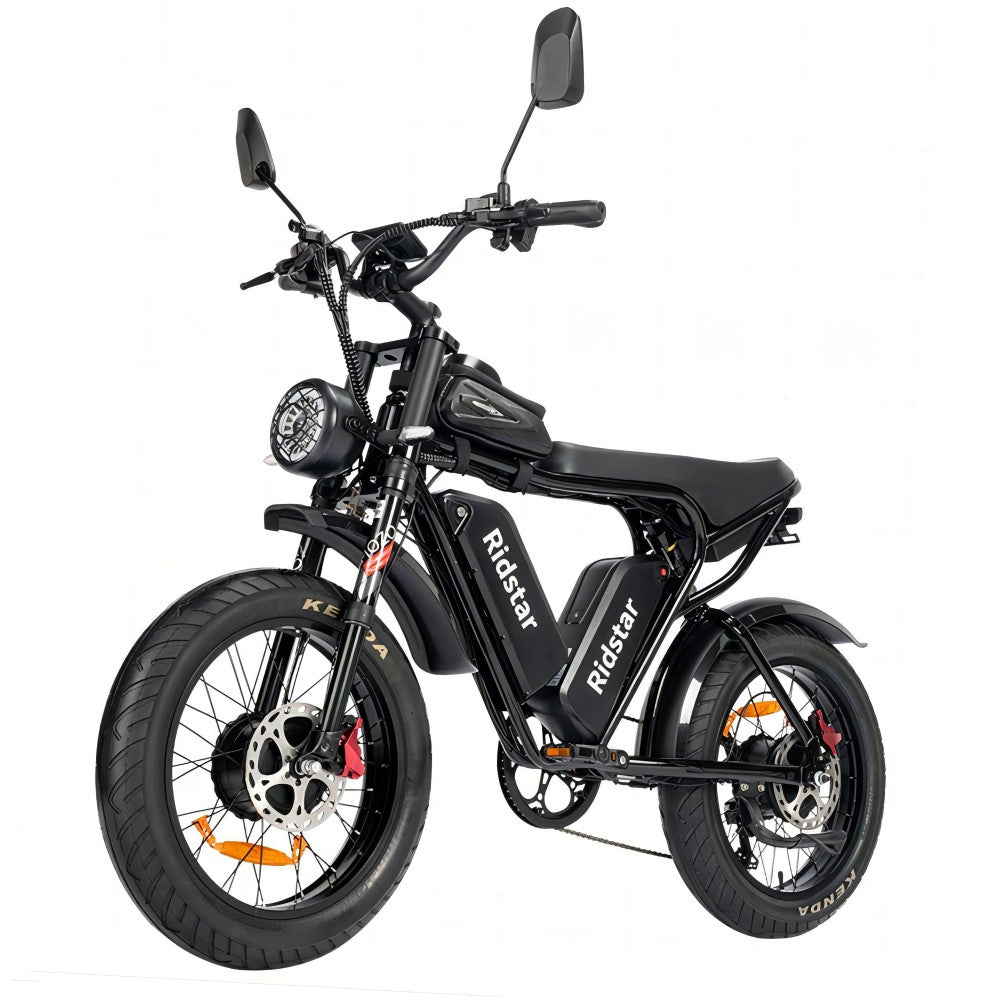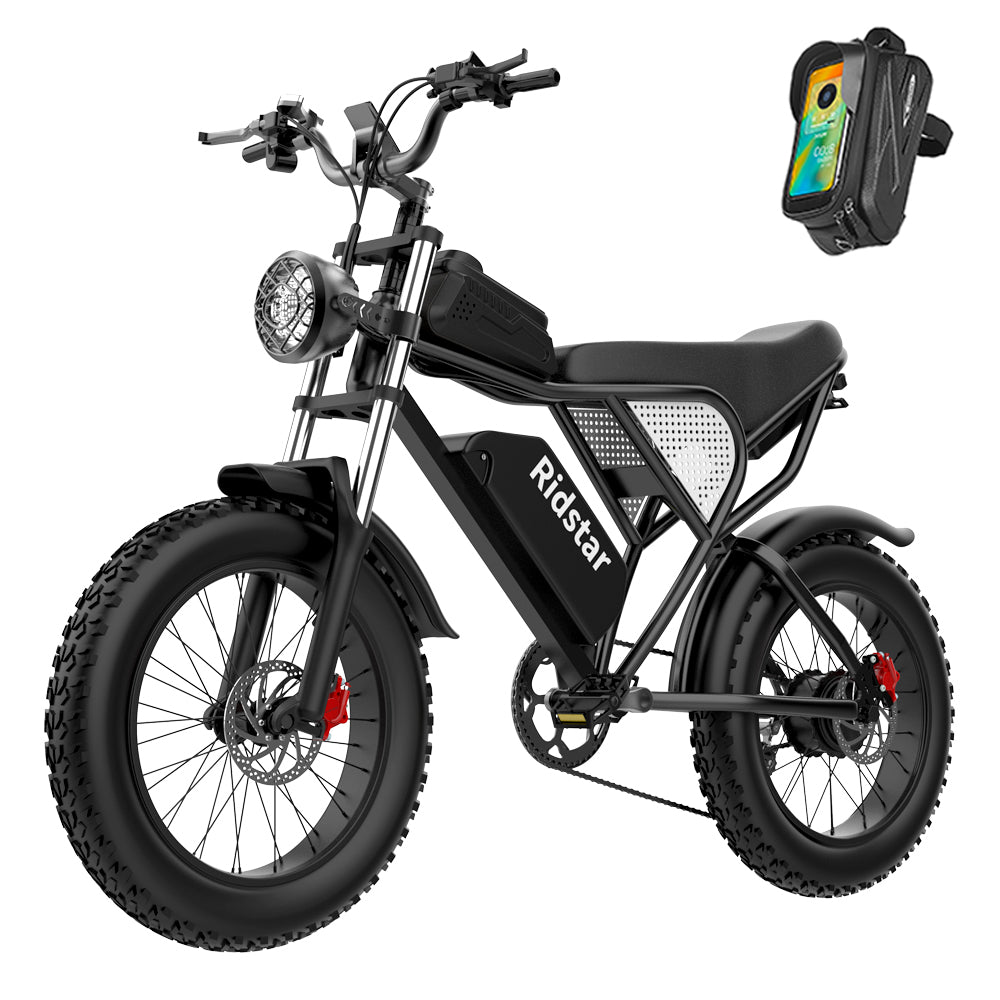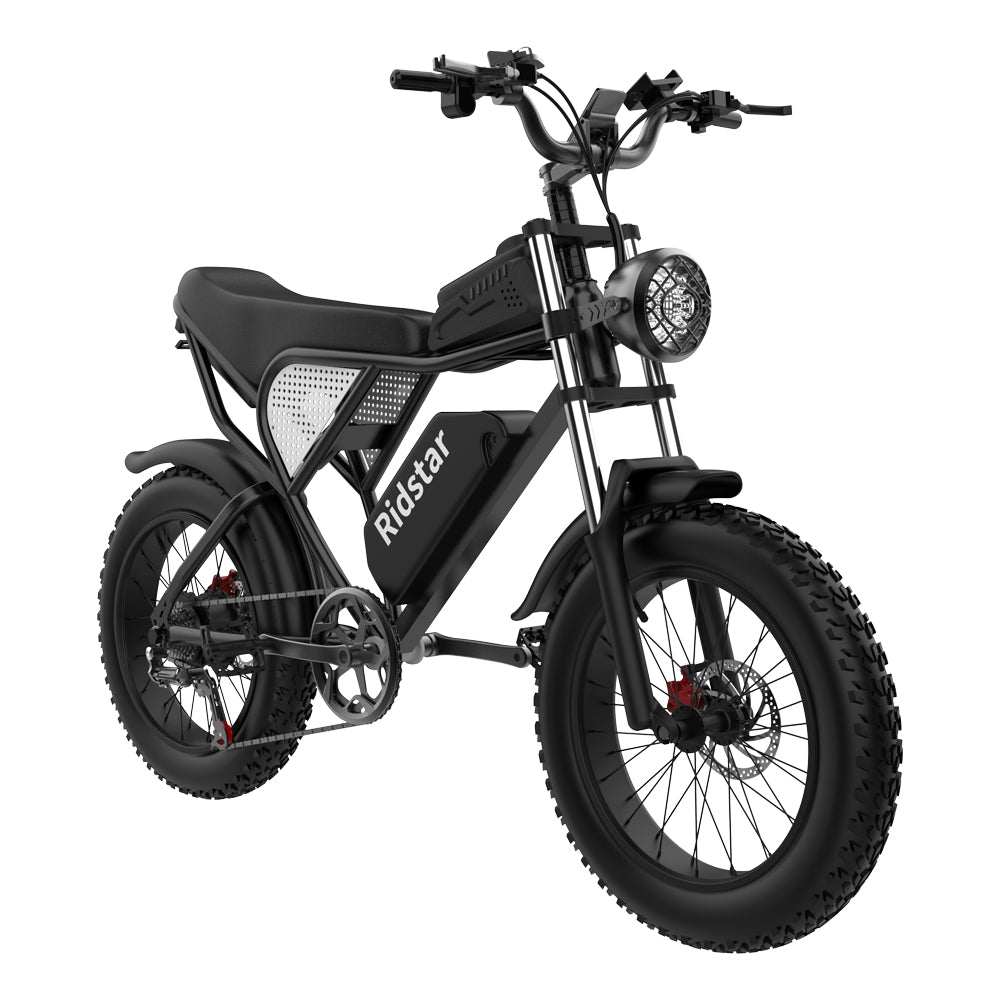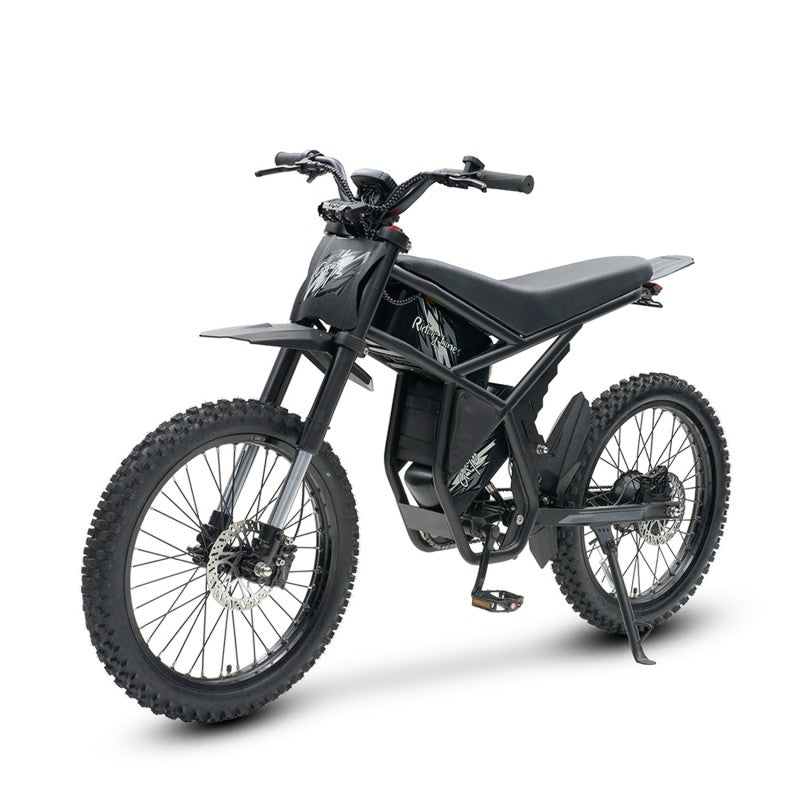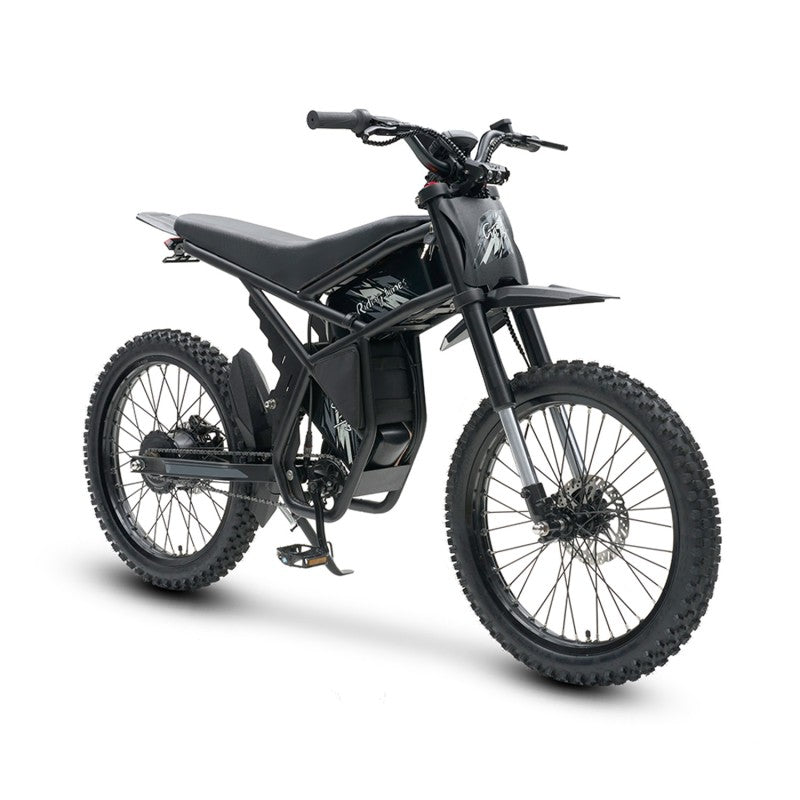Disc brakes are durable and reliable, offering consistent braking power even in wet conditions. However, if not installed correctly or if they become contaminated, they can be incredibly noisy. While riding, you might hear a "ding ding ding," and braking could result in a piercing squeal, sharp screech, or grinding roar.
This guide will explore the common causes of disc brake noise and provide effective solutions to quiet them down.
Quick Checklist: 6 Things to Check to Silence Noisy Disc Brakes
-
Caliper Alignment: Misaligned calipers are a top cause of rubbing or pinging sounds.
-
Pad Contamination: Oil, degreasers, or road grime can cause squeals and reduce braking performance.
-
Proper Bed-In: Skipping this step leads to vibration and noise.
-
Pad Wear: Excessive wear causes metal-on-metal contact and noise.
-
Torque Spec Compliance: Loose calipers or rotors can create rattling or inconsistent braking.
-
Rotor Trueness: Even slight warping can cause continuous rubbing or pulsation.
Why Are My Disc Brakes Making Noise?

There are several reasons your disc brakes may be noisy. Below are the most common causes and how to fix them. When working on brakes, use new gloves or lint-free cloths—oils from your skin can contaminate rotors or pads. If you're unsure about your mechanical skills, it's best to take your bike to a trusted mechanic.
1. Misaligned Brake Calipers

One of the most common causes of brake rub is a misaligned caliper. The caliper must be perfectly centered. If not, the rotor may rub against the brake pads or even the caliper body.
To fix this:
-
Loosen (but don’t remove) the two caliper mounting bolts.
-
Squeeze the brake lever and hold it.
-
While holding the lever, tighten the bolts evenly to spec torque.
-
Release the lever only after both bolts are fully tightened.

If this doesn’t work, you can try manually aligning the caliper by eye.
2. Contaminated Brake Pads

Contaminated pads almost always lead to noisy brakes. Oil, degreaser, or even dirty road spray can cause contamination.
When cleaning your bike, cover the rotors and calipers, and never spray degreaser in their direction. Use dedicated disc brake cleaners or isopropyl alcohol for cleaning.
If the pads are contaminated, clean the rotor and caliper thoroughly. Replace the pads if needed. If there's still plenty of material left, you can try:
-
Burning off contaminants with a blowtorch (use caution),
-
Or lightly sanding the pad surface.
These methods don’t always work, and replacement is often the most effective solution.
3. Brake Pad Material

The type of brake pad matters. Organic pads are generally quieter than metallic ones. If switching pad types, make sure the rotor is compatible with the new pad material. Always use pads recommended for your specific brake system.
4. Improper Bed-In Process

New pads and rotors must be properly bedded-in to transfer a thin layer of pad material onto the rotor. Without this, vibration and noise are likely.
To bed-in your brakes:
-
Ride at walking speed.
-
Gently apply both brakes until nearly stopped, then release.
-
Repeat 10–15 times.
-
You’ll notice the braking power gradually increase.
Avoid locking the wheels during this process to ensure even material transfer.
5. Worn Brake Pads

Worn-out pads can cause metal-on-metal grinding noises. Check pad thickness by looking through the caliper or removing the wheel.
Some brands like Campagnolo have visible wear indicators and may emit warning sounds when wear is excessive. Always clean the rotor and caliper before installing new pads to prevent old contaminants from affecting new components.
6. Incorrect Torque on Calipers or Rotors
Loose calipers or rotors often result in clicking or rattling noises. Improper torque can also misalign the pads.
To tighten 6-bolt rotors, follow a star pattern:
-
Start with one bolt, then move to the opposite bolt.
-
Continue tightening in a crisscross pattern until all are secure.
Always refer to the torque specs printed on or near the components.
7. Warped Rotor

Bent rotors are a common source of disc brake noise. Avoid leaning your bike against the rotor to prevent this. Even loading a bike into a car can cause unintentional bending.
To fix a warped rotor:
-
Identify the bent section.
-
Use a rotor truing tool or your hands (with a clean cloth) to gently bend it back.
-
Avoid overcorrecting—subtle adjustments work best.
If the rotor has multiple bends, it’s usually best to replace it.
8. Overfilled or Improperly Bled Brakes
Too much brake fluid during bleeding can cause the pistons to extend too far, narrowing the gap between the pad and rotor.
To check:
-
Use a piston press or plastic tire lever to push the pistons back.
-
If they resist or won’t retract fully, excess fluid is likely the cause.
Always use proper spacers or tools from Shimano, SRAM, or Campagnolo to set fluid levels during bleeding.
9. Poor Frame Mounting Surfaces
For proper caliper alignment and noise-free braking, the caliper mounts on the frame must be precisely machined.
If excess paint or uneven surfaces exist around the mounts, your caliper may never align correctly. In such cases, take the frame to a bike shop with facing tools to remove the excess material and ensure a perfect fit.
One Last Note...

Even with perfectly adjusted brakes, some noise may still occur—especially after riding through water, grit, or mud. Road bike disc brakes typically have tighter tolerances than mountain bikes, making them more sensitive to small imperfections. Sometimes, a little noise is just part of the ride.






